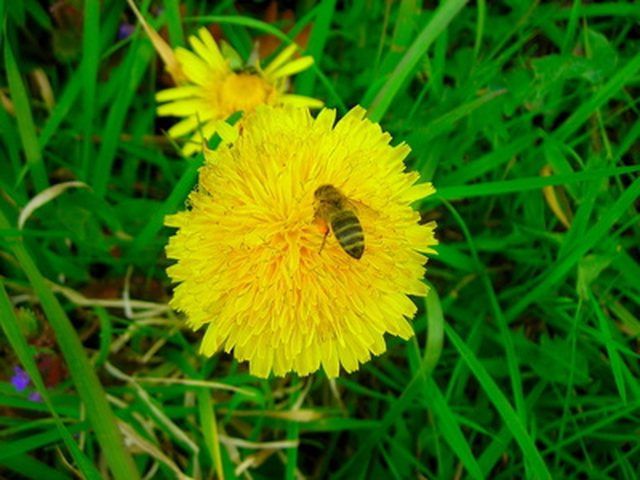Bulbs
Flower Basics
Flower Beds & Specialty Gardens
Flower Garden
Garden Furniture
Garden Gnomes
Garden Seeds
Garden Sheds
Garden Statues
Garden Tools & Supplies
Gardening Basics
Green & Organic
Groundcovers & Vines
Growing Annuals
Growing Basil
Growing Beans
Growing Berries
Growing Blueberries
Growing Cactus
Growing Corn
Growing Cotton
Growing Edibles
Growing Flowers
Growing Garlic
Growing Grapes
Growing Grass
Growing Herbs
Growing Jasmine
Growing Mint
Growing Mushrooms
Orchids
Growing Peanuts
Growing Perennials
Growing Plants
Growing Rosemary
Growing Roses
Growing Strawberries
Growing Sunflowers
Growing Thyme
Growing Tomatoes
Growing Tulips
Growing Vegetables
Herb Basics
Herb Garden
Indoor Growing
Landscaping Basics
Landscaping Patios
Landscaping Plants
Landscaping Shrubs
Landscaping Trees
Landscaping Walks & Pathways
Lawn Basics
Lawn Maintenance
Lawn Mowers
Lawn Ornaments
Lawn Planting
Lawn Tools
Outdoor Growing
Overall Landscape Planning
Pests, Weeds & Problems
Plant Basics
Rock Garden
Rose Garden
Shrubs
Soil
Specialty Gardens
Trees
Vegetable Garden
Yard Maintenance
How to Kill Bees That Eat Wood
How to Kill Bees That Eat Wood. Any piece of property that has blooming flowers is likely to have a bee population. Property that also has trees or wooden structures may attract carpenter bees. These bees seem to eat wood, but in fact they chew and tunnel through wood to build their homes and raise their young. This burrowing can cause massive...

Any piece of property that has blooming flowers is likely to have a bee population. Property that also has trees or wooden structures may attract carpenter bees. These bees seem to eat wood, but in fact they chew and tunnel through wood to build their homes and raise their young. This burrowing can cause massive aesthetic damage to wood. If you have an infestation of carpenter bees, take steps to eradicate them before they damage your home.
Things You'll Need
Insecticide
Sprayer
Residual insecticide dust
Examine the exterior of your home for signs that confirm the presence of carpenter bees: perfectly round holes, usually in the undersides of unpainted wood surfaces, with sawdust and shavings underneath. Holes might be new or old; carpenter bees return to old nests, or galleries, to reuse them.
Mix an insecticide to spray on current areas of infestation. Insecticides containing carbaryl, chlorpyrifos and synthetic pyrethroid are particularly effective against carpenter bees. Follow manufacturer directions for safety and quantity during mixing and use. Nighttime spraying is most effective, as the bees are not active at night are likely to be inside their tunnels during the spraying.
Spray the insecticide on all unfinished wood, and particularly on wood in which you can see the holes of carpenter bees.
Dust any exposed, unfinished wood with residual insecticide like permethrin or cyfluthrin dust to prevent future infestations. Dust surfaces in early spring, before carpenter bees become active.
Tips & Warnings
Carpenter bees are solitary and do not build hives.
The females lay only one egg in each gallery.
These bees prefer to tunnel into unfinished wood.
Bees can be difficult to get rid of once they have made their homes on a property. Prevention is more effective than extermination for carpenter bees.